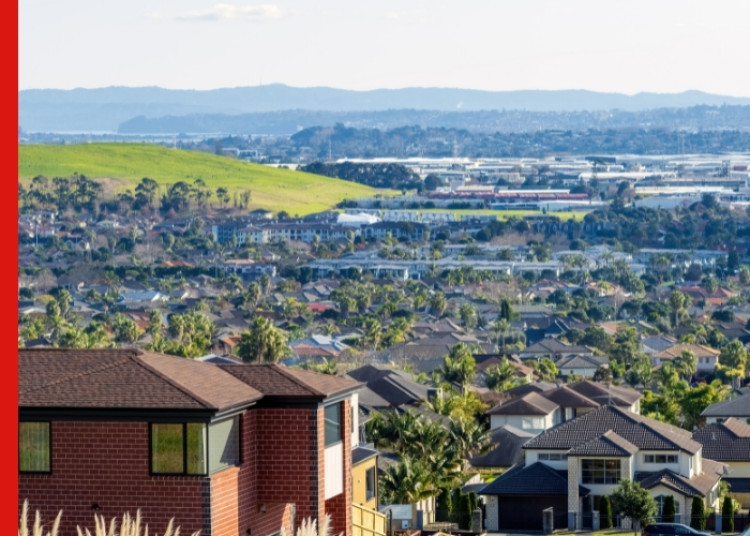
Treasury (by way of statements made in the recent budget announcement) and the Reserve Bank (through its OCR statement) have reinforced the private sector’s view that the fall in house prices the market has experienced for the past 18 months is coming to a close.
However, the two statutory bodies are more cautious about just when the price floor might be reached.
Some private economists believe the bottom of the cycle is already here, others are seeing ‘green shoots’ while many are targeting next year as the low point.
In its 2023 Monetary Policy Statement the Reserve Bank’s comments about housing were:
“House prices have fallen 15.3 percent since their peak in November 2021, measured in monthly terms. However, there are early signs that house prices may not decrease as much as expected in the February Statement.
“The rapid return of net immigration, an increase in the number of residents due to the one-off 2021 resident visa, strong nominal wage growth, stable mortgage interest rates, and a relatively low number of houses available for sale have contributed to a smaller decline in house prices than expected in recent months.
“These factors have led us to revise our house price forecast higher since the February Statement, and we now expect a peak-to-trough price decline of 17 percent, measured in quarterly terms.”
This quote is accompanied by a chart (page 58 of the Policy Statement) which shows prices starting to rise in early 2025.
In raising the OCR by 0.25% in late May to 5.5%, the Reserve Bank was emphatic that 5.5% was the peak for the OCR in the current cycle, and that it would stay at this rate until the Bank’s economic objectives were met.
For mortgage lenders, it means that mortgage interest rates are also likely to have peaked, and if they can cope with repayments at current advertised rates (not necessarily the rate they are currently paying) they will weather this particular pressure on their finances.
At the same time as forecasting a peak in the OCR, the Reserve Bank also commented that its current monetary policy “is supporting a moderation in house prices to more sustainable levels”.
A hold on OCR increases and belief that house prices are at more sustainable levels will be welcome news to new home buyers, and also those who are in the market to relocate from their existing property.
I am not as pessimistic about prices taking until 2025 before starting to increase.
Based on Real Estate Institute trading data, April’s median sales price of $780,000 was $10,000 or 1.3% lower than in December 2022.
Throughout May, Barfoot & Thompson has been averaging around 240 sales a week – sales numbers which match our sales pre-Covid, while our auction clearance rate has jumped from 30% three months ago to 60% over the past few weeks. While we still have the slower winter trading months ahead of us, market feedback from vendors is that there is little appetite for further major price falls.
What has been lacking in the market for some time is certainty – around economic prospects and where interest rates are heading.
The Reserve Bank’s statement has taken a modest step towards rebuilding confidence.
Another factor that may encourage first time buyers to commit to home ownership in the near future is that there is no indication that the providers of private rental accommodation are continuing to absorb the recent additional costs associated with being a landlord – in particular the loss of tax deductibility on mortgage interest and rising interest payments.
Based on Barfoot & Thompson data, the cost of renting a three bedroom home in Auckland has increased by 3.7% over the past year and now stands at $642 a week, bringing the increase in average rent over the past two years to 7.4%.
Future providers of private rentals may face an additional barrier to investing in 2024 as the Reserve Bank is likely to receive authority from the Government to impose loan to income (LTI) regulations on trading banks should they wish.
This will make it even more challenging for potential one-property investors to obtain the finance to own rental property.
Investors with one property, who are by far the most common providers of private property rentals, have consistently shown they are likely to keep rent increases modest with the aim of retaining good tenants.
Multiple property owners take a more business-like approach to managing their portfolio.
